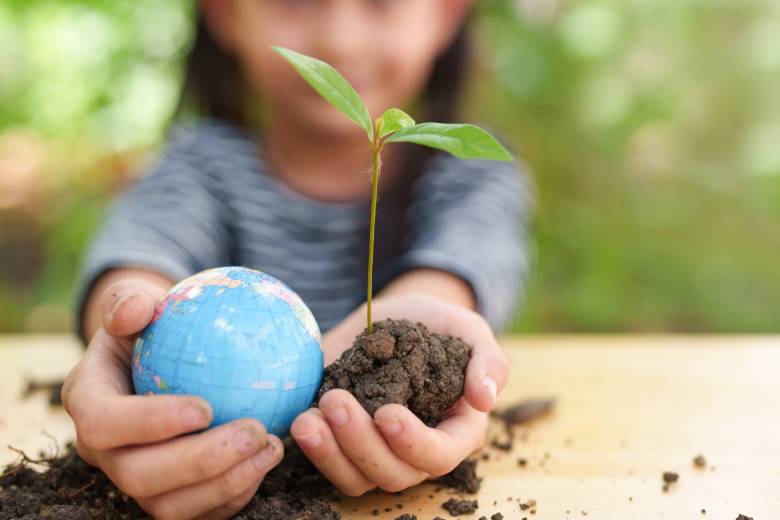An environmental nonprofit organisation that is dedicated to promoting and mobilising people around the world to take action on various environmental issues and raise awareness about the importance of protecting the planet, EARTHDAY.ORG is best known for its association with Earth Day, an annual event celebrated on 22 April to demonstrate support for environmental protection. Education UAE spoke to Bryce Coon (Associate Director of Climate Education) and Emily Walker (Education Coordinator) about taking action to address pressing environmental issues and work towards a more sustainable and resilient planet.
EdUAE: You have both recently joined EARTHDAY.ORG, which seems more of a vocation than just a ‘job’ – how has your passion for climate literacy driven your career over the years and can you tell me a little about your experience in this sphere?
Bryce Coon: I feel like joining EARTHDAY. ORG to work on Climate Education is certainly more of a calling or vocation than ‘just a new job’. For me, I feel like I need to have a passion for the work I do. I had this passion in the classroom as an educator, and now I feel it in my work here. In the classroom, I would look for opportunities to incorporate climate education into various subjects, including economics, psychology, and government. When teaching about the climate crisis, it is clear that students are concerned, and they want an education that will provide them with the knowledge and skills they will need to tackle this crisis. Outside of the classroom, I had the opportunity to participate in international fellowships that explored what countries are doing to respond to the climate crisis. I found it very powerful to learn what other countries were doing in this space, and I brought that learning back to my students and colleagues.
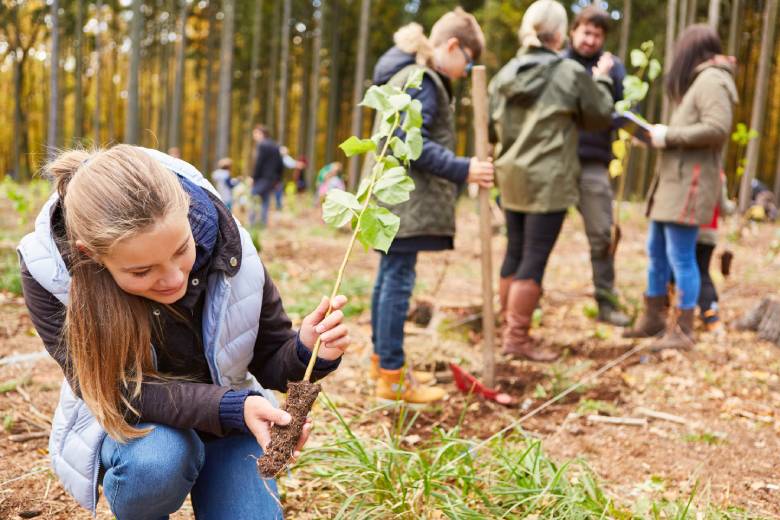
EdUAE: Considering the current dire situation with our planet, educating young people has to be at the heart of tackling the climate crisis – how do you go about that? How can you help educators effectively communicate complex climate science concepts to students of different age groups?
Regardless of someone’s stance on climate change, we know that wind and solar energy will continue to grow and create jobs and opportunities throughout the country
Emily Walker: Climate education is key to solving the climate crisis. We know that this is a major issue, and it will not be solved overnight. Therefore, young people today will be the leaders who will need to tackle these issues in the next few decades. I think we achieve this by supporting policy around climate education and finding ways to get climate education into the classroom today. Policy is key, but we cannot wait for all countries and states to mandate climate education, so we work to develop and highlight materials that are ready for the classroom today.
BC: We certainly need to increase the amount of professional development that occurs around climate change, and that is one of our top priorities. I may be biased as a former educator, but I am always amazed at how well teachers can adapt and incorporate new learning into the classroom. They have been trained to communicate information to the age range they teach effectively, and they know their students’ abilities and interests.
EdUAE: How does teaching climate literacy align with developing critical thinking skills and fostering scientific inquiry?
EW: Climate education is critical for developing critical thinking skills and fostering scientific inquiry. We must ensure that we teach the scientific method so often that students are comfortable asking questions, conducting accurate research, and finding solutions to this crisis.
We must ensure that we teach the scientific method so often that students are comfortable asking questions, conducting accurate research, and finding solutions to this crisis
EdUAE: What role do you think hands-on activities, experiments, and field trips play in enhancing climate literacy?
BC: I think it is very powerful when we can find ways to make climate education more hands-on. I think in the past, climate change could feel distant and abstract. Sadly, we have experienced so many disasters in recent years that this is no longer the case. With this in mind, we need to help young people feel more connected with their environment, the devastation that is occurring, and the solutions that are being developed. I believe that hands-on activities and field trips can help achieve these goals.
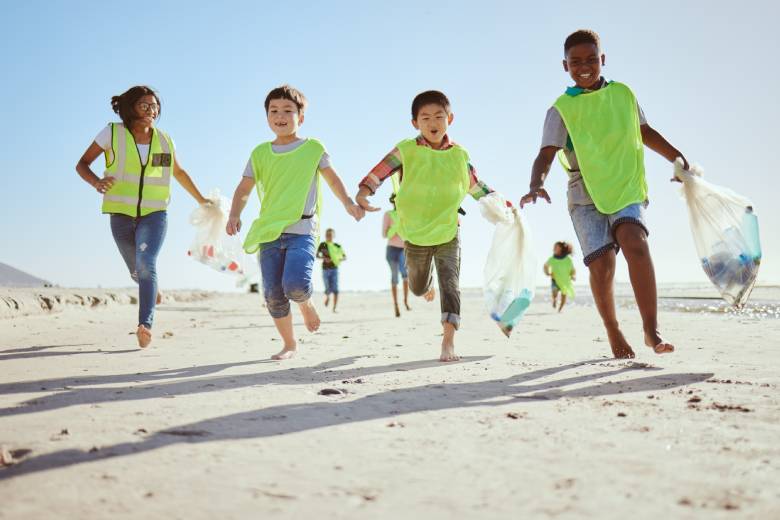
EdUAE: How can educators address scepticism and misinformation about climate change in the classroom?
EW: That is a great and difficult question to answer. I think it is important that educators face the facts of climate education and share this with their students and communities. I think it is also helpful to focus on how the solutions to the climate crisis benefit communities. Regardless of someone’s stance on climate change, we know that wind and solar energy will continue to grow and create jobs and opportunities throughout the country. We also know that decarbonisation will lead to cleaner air and help protect the natural wonders that we all enjoy. The green economy is growing and will continue to grow, and I think most parents would want to see their children equipped with the skills to thrive in this economy.
EDUAE: Climate change disproportionately affects marginalised communities and vulnerable populations – how do you get this message across and are students throughout the world responding to this disparity?
I think it is very powerful when we can find ways to make climate education more hands-on
BC: Thank you for bringing this disparity to light. I believe climate equity needs to be a key pillar of climate education. Sadly, we can see many examples of this disparity around the world. I am currently thinking of the hurricane that has led to evacuation orders in Florida. Many of us do not think of the ability to evacuate as a privilege, but it certainly is. Likewise, wealthier countries will be able to adapt their infrastructure more readily to climate change results, such as rising sea levels. I believe that students care about climate equity, and I have seen many examples of them bringing attention to this issue. We need to amplify the voices of marginalized communities so we can learn more about their experiences related to climate change and incorporate these experiences into our climate education curriculum.
EdUAE: Finally, what partnerships and collaborations have you established to enhance the impact of climate literacy initiatives within schools and communities?
EW: We have partnered with various NGOs and universities to increase the reach of our climate education goals. We also have a presence at several domestic and international conferences to get our message to schools and communities.
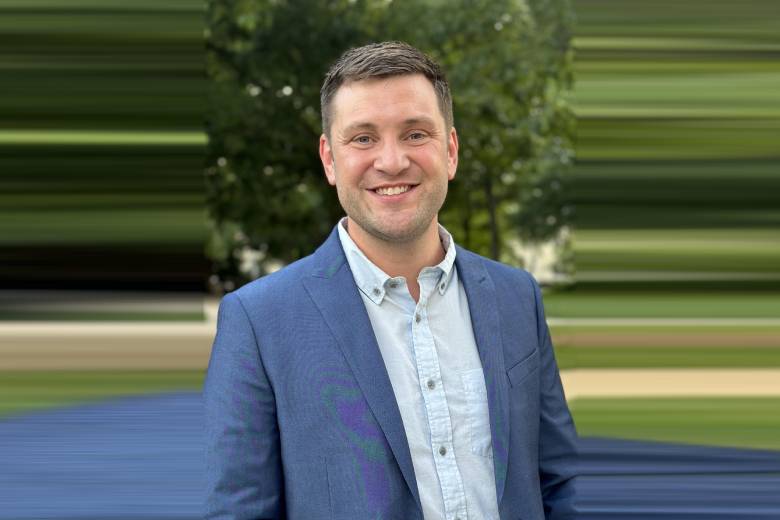
Bryce Coon, Director of Education Initiatives Before joining Earthday.org in July 2023, Bryce worked as a high school educator for over ten years and enjoyed finding opportunities to incorporate climate education into his courses, which included economics, psychology, and government. Throughout his teaching career, Bryce participated in international fellowships where he studied climate education and policy in Asia, Europe, and Oceania. Bryce has a bachelor’s degree in interdisciplinary social sciences from Michigan State University and a master’s in curriculum and instruction from the American College of Education. Outside of work, Bryce enjoys traveling and hiking with his dog.
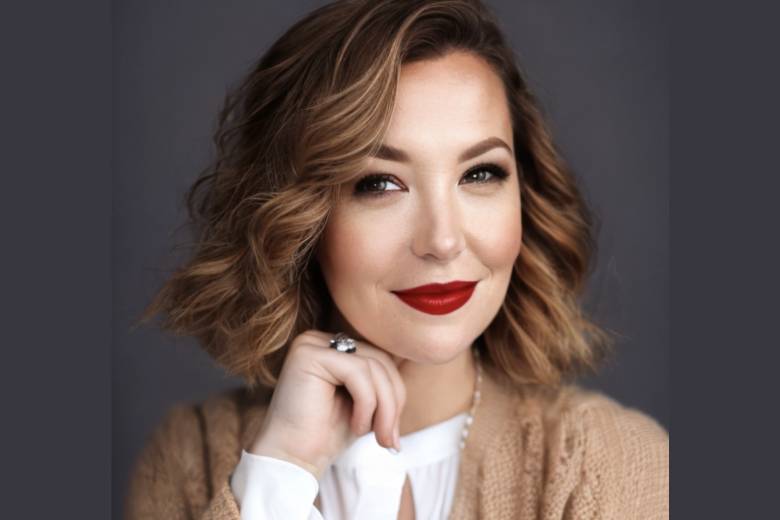
Emily Walker, Education Coordinator Prior to joining Earthday.org in June 2023, has been in the field of learning and development for over 10 years. She is passionate about environmental literacy and has worked with children of all ages to promote sustainability through courses with park authorities. Her love of teaching brought her to the classroom, where she has been teaching for the past 6 years in the elementary school setting. She joins Earthday.org hoping to connect learners and educators alike with resources to become environmental stewards. She loves to hike, take walks with her dog Oakley, and read in her spare time.






